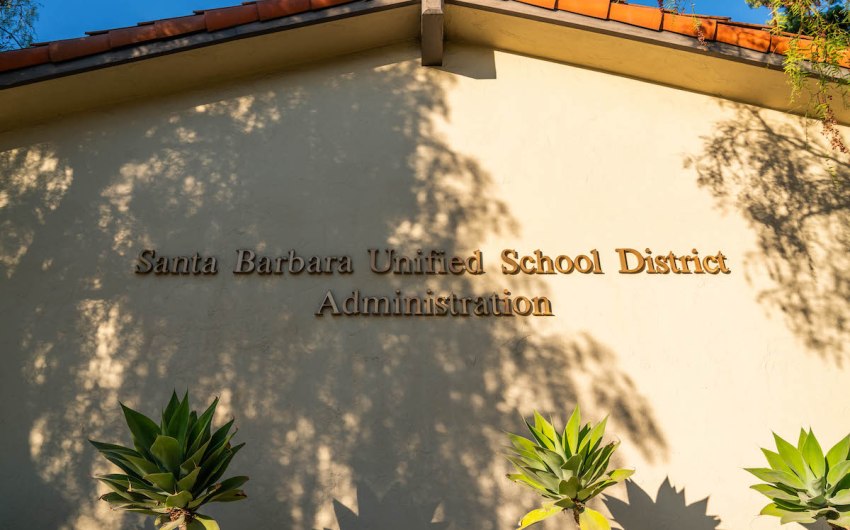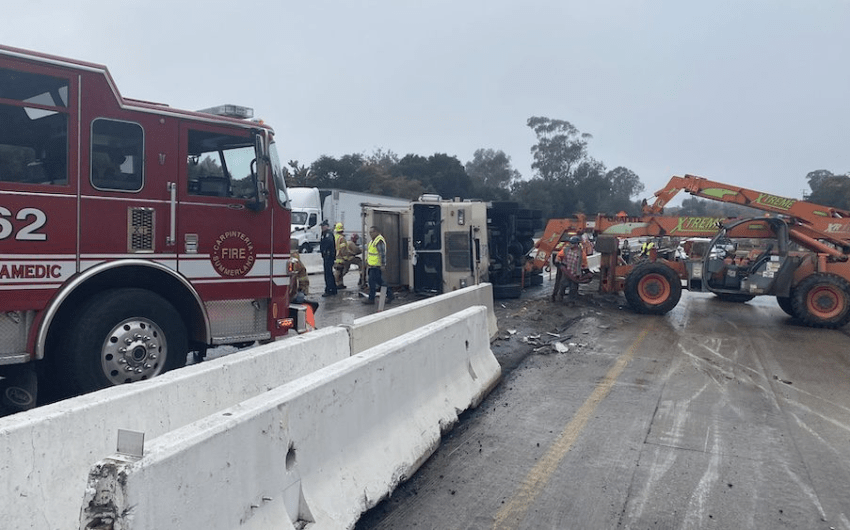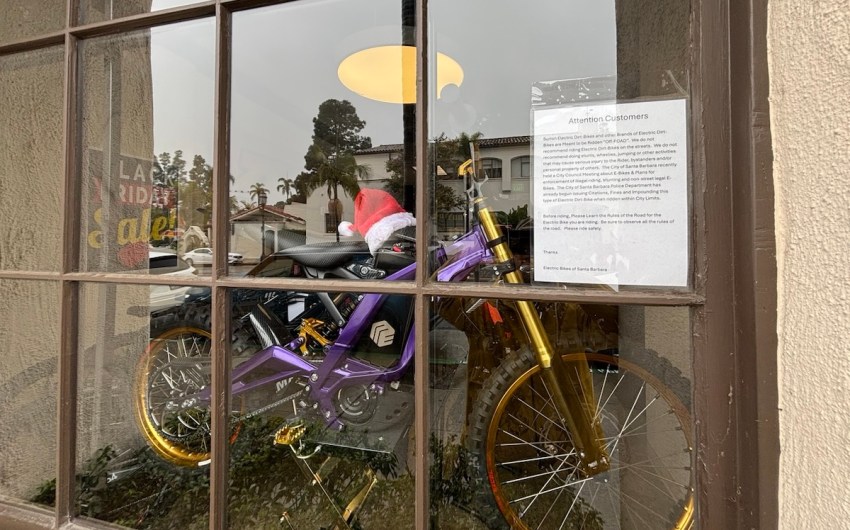Half of Santa Barbara Children Can’t Read by the End of 3rd Grade. The S.B. Reading Coalition Wants to Change That
In Eight out of 12 of S.B. Unified’s Elementary Schools, Less than 50 Percent of Students Can Read at Grade Level

In many South County schools, failure is normalized.
At least when it comes to reading. Less than 50 percent of students know how to at grade level. Across Santa Barbara County, it’s 60 percent, compared to the statewide average of 47 percent.
To understand why would require wading through a thicket of history — literacy instruction being politicized, schools of education giving teachers the wrong tools, and a pendulum swinging between what works and what doesn’t. (I wrote about this thicket in an earlier piece.)
But underneath it all is a root in science, as reading instruction really is a science, or a recipe that can be followed if teachers and schools have the correct ingredients, cookware, and training.
And the consequences of fumbling this recipe before students enter 3rd grade are real and ripple through the community: Nationally, 70 percent of people who are incarcerated are illiterate. If students can’t read by 3rd grade, the gap only continues to widen with less and less hope of them clawing their way out.
The Santa Barbara Reading Coalition wants to see Santa Barbara’s schools become some of the best in the state when it comes to cooking up proficient readers. To this end, the group has extensively studied literacy by meeting with educators, consultants, and literacy leaders nationwide.
Who are they? Concerned citizens from all walks of life, with a shared goal of raising awareness and stoking the flames to get people to care about that low percentage of reading proficiency and support school districts and communities in doing something about it.
“Half of Santa Barbara’s children can’t read by the end of 3rd grade,” the organization emphasizes on their website. “This needs to change!”
The coalition backs up their grievances with test scores — in eight out of 12 of the Santa Barbara Unified School District’s elementary schools, less than 50 percent of students can read at grade level.
This semester, scores from the Star Renaissance Assessment show that only 42 percent of tested students in grades 1 through 6 met or exceeded grade-level standards. That leaves 1,233 students who did not.
“Socioeconomic disadvantage doesn’t matter,” said Ruth Green, a former member of the state board of education and cofounder of the coalition.
At Franklin Elementary School, for example, about 90 percent of the student population is socioeconomically disadvantaged and 32 percent are English learners. And yet, on the 2023-2024 state assessment, nearly 51 percent met or exceeded state standards in reading.
That matches or exceeds the same scores in schools with lower populations of socioeconomically disadvantaged students.
Santa Barbara Charter School, with only 21 percent of socioeconomically disadvantaged students, also saw 51 percent meeting grade-level standards.
In other words, blaming socioeconomic status is a cop-out. All students, the coalition argues, can learn to read with the right approach, regardless of their background.
According to Green, the right approach is scientifically based reading instruction — known as the “science of reading,” based on certain instructional principles backed by research.
“Franklin has been pushing for the science of reading, and their principal is on board, so they are seeing the needle move,” Green said.
Peabody Charter School is the district’s golden child when it comes to reading scores. The school implemented science of reading instruction and teacher training (in LETRS, a Lexia Learning program in early literacy) in 2022.
At Peabody, 70 percent of students — nearly half of which are socioeconomically disadvantaged — met or exceeded state standards in reading.
“When we tell people that less than half of kids here [in Santa Barbara] can read, a lot of them don’t believe it,” Green said.
The coalition wants to make the push toward science of reading a local movement. They don’t want an “adversarial relationship” with school districts, Green said; they want to support schools and the community with “proven best practices.”
“I give a damn about my community,” said Andrew Salzman, another of the coalition’s 11 members. Salzman has lived in Santa Barbara for four years and is a parent to a 15 year old attending Santa Barbara High School. “I give a damn that 50 percent of kids can’t read.”
“Literacy affects employment and incarceration rates that in turn affect the whole community — it’s time to dig in and do something about it. It’s a journey worth pursuing.”
Other members agree. “Santa Barbara is exceptional in so many ways,” said Steve Epstein, a longtime local and active member in the community. “But our reading scores are exceptionally bad.”
South County schools are, however, beginning to make an effort.
Goleta Union and Hope Elementary school districts recently made the move to science-based instruction with an emphasis on teacher training. Nearly 64 percent of students in Goleta Union, and 71 percent in Hope, are meeting or exceeding grade-level standards in reading.
In Santa Barbara Unified, a cohort of 35 teachers and language and literacy coaches are in the middle of a two-year, $70,000 LETRS training program to provide teachers with the skills needed to master the fundamentals of reading and writing instruction — which are then shared with other teachers through Professional Learning Communities, staff meetings, and individual coaching throughout the year.
The coalition wants to ensure that literacy is made a regular priority. Not a one-training-and-done phenomenon.
“It’s a human right to read,” said dyslexia advocate and coalition member Cheri Rae. As an advocate, she’s seen 30-year-olds crying over not being able to read, affecting their lives and employment opportunities. “That’s the often unspoken tragedy about this — people who can’t read, what happens to them?”
Green noted that the science is there, but the argument over reading instruction has been over-politicized throughout the years.
Screw the politics, she said.
“Let’s fix this. We’re normalizing failure. I would love nothing more than to see South County have the highest performing districts in the state.”
Learn more about the Santa Barbara Reading Coalition on their website.
Premier Events
Sat, Nov 30
11:00 AM
Santa Barbara
Mosaic Makers Market – Small Business Saturday
Sat, Nov 30
6:00 PM
Carpinteria
Beau James Wilding Band Live at the brewLAB
Thu, Dec 05
5:00 PM
Santa Barbara
First Thursday at Art & Soul in the Funk Zone
Fri, Nov 29
3:30 PM
Buellton
A Cowboy Christmas 2024
Fri, Nov 29
7:30 PM
Santa Barbara
Friendsgiving Country Night Black Friday
Sat, Nov 30
1:00 PM
Santa Barbara
Grateful Gathering-Live Dead & Jerry@The Brewhouse
Sat, Nov 30
1:00 PM
Santa Barbara
1st annual Funk Fest
Sat, Nov 30
9:30 PM
Santa Barbara
Numbskull Presents: The Cure & More DJ Night
Sun, Dec 01
5:00 PM
Santa Barbara
Paseo Nuevo Tree Lighting Ceremony
Fri, Dec 13
12:00 PM
Santa Barbara
Gem Faire
Fri, Dec 13
7:00 PM
Santa Barbara
SBHS 2024 Annual Fall Dance Recital
Sat, Nov 30 11:00 AM
Santa Barbara
Mosaic Makers Market – Small Business Saturday
Sat, Nov 30 6:00 PM
Carpinteria
Beau James Wilding Band Live at the brewLAB
Thu, Dec 05 5:00 PM
Santa Barbara
First Thursday at Art & Soul in the Funk Zone
Fri, Nov 29 3:30 PM
Buellton
A Cowboy Christmas 2024
Fri, Nov 29 7:30 PM
Santa Barbara
Friendsgiving Country Night Black Friday
Sat, Nov 30 1:00 PM
Santa Barbara
Grateful Gathering-Live Dead & Jerry@The Brewhouse
Sat, Nov 30 1:00 PM
Santa Barbara
1st annual Funk Fest
Sat, Nov 30 9:30 PM
Santa Barbara
Numbskull Presents: The Cure & More DJ Night
Sun, Dec 01 5:00 PM
Santa Barbara
Paseo Nuevo Tree Lighting Ceremony
Fri, Dec 13 12:00 PM
Santa Barbara
Gem Faire
Fri, Dec 13 7:00 PM
Santa Barbara























